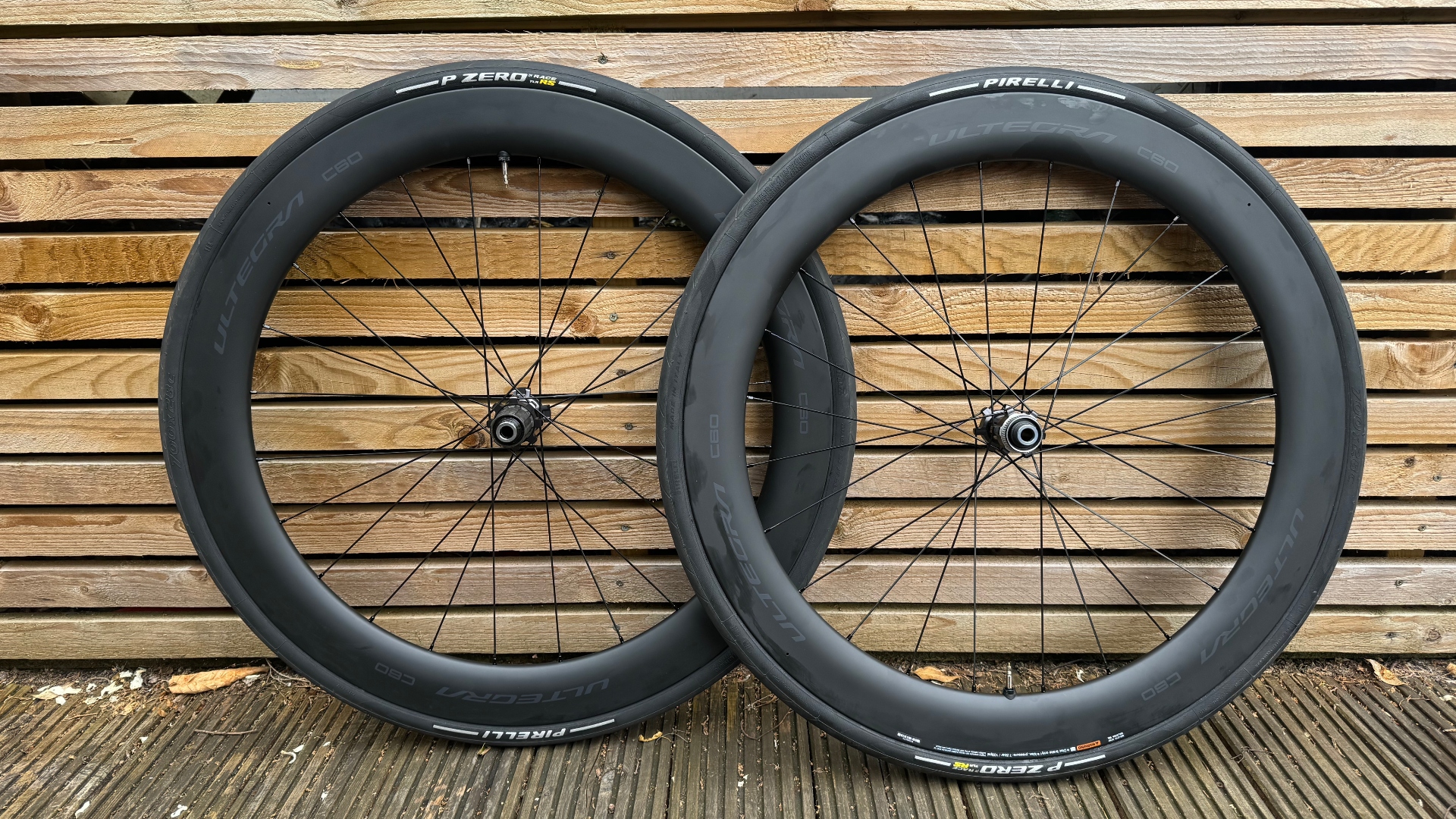
The Shimano Ultegra C60 wheels use the exact same rim shape as the more expensive Dura Ace C60 wheelset. The only difference is the weight of the rims and the price, which is a reasonable £1,258. So how do they fare?
Construction
The rims measure 60mm deep as the name suggests, 28mm external width, and 21mm internal width. The total weight is a claimed 1,659g while the weight on my scales is 1,676g.
Shimano claims the C60 wheels are faster than the competition at 0-15 degrees yaw, but doesn’t name the competition. A little digging shows that testing speeds were 48kph and watt savings were three watts on average but this was with reference to the shallower C40 rim; Shimano says the C60 saves more.
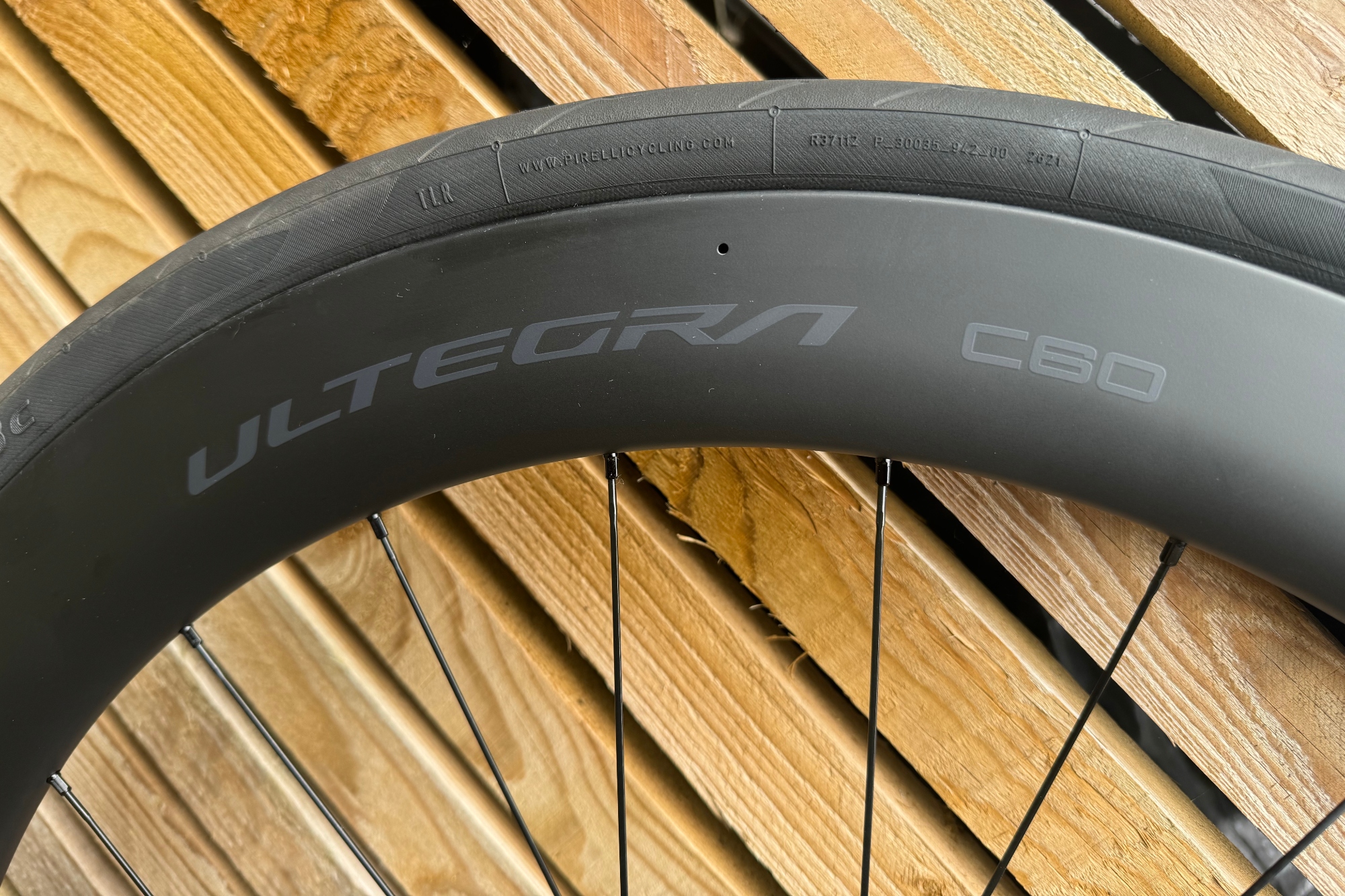
The wheels use 24 spokes front and rear, but with different patterns for each. The front wheel uses a 1:1 ratio of 12 on each side in a 2-cross lacing pattern. The rear uses a 2:1 16 drive side 8 rotor side with a 3-cross and radial pattern. This is what Shimano call OPTBAL (Optimal Balance). It's used to better distribute the unequal forces applied on the drive-side of the rear wheel where increased torsional stiffness is required while maintaining lateral stiffness. The spokes are proprietary so need to be purchased from Shimano.
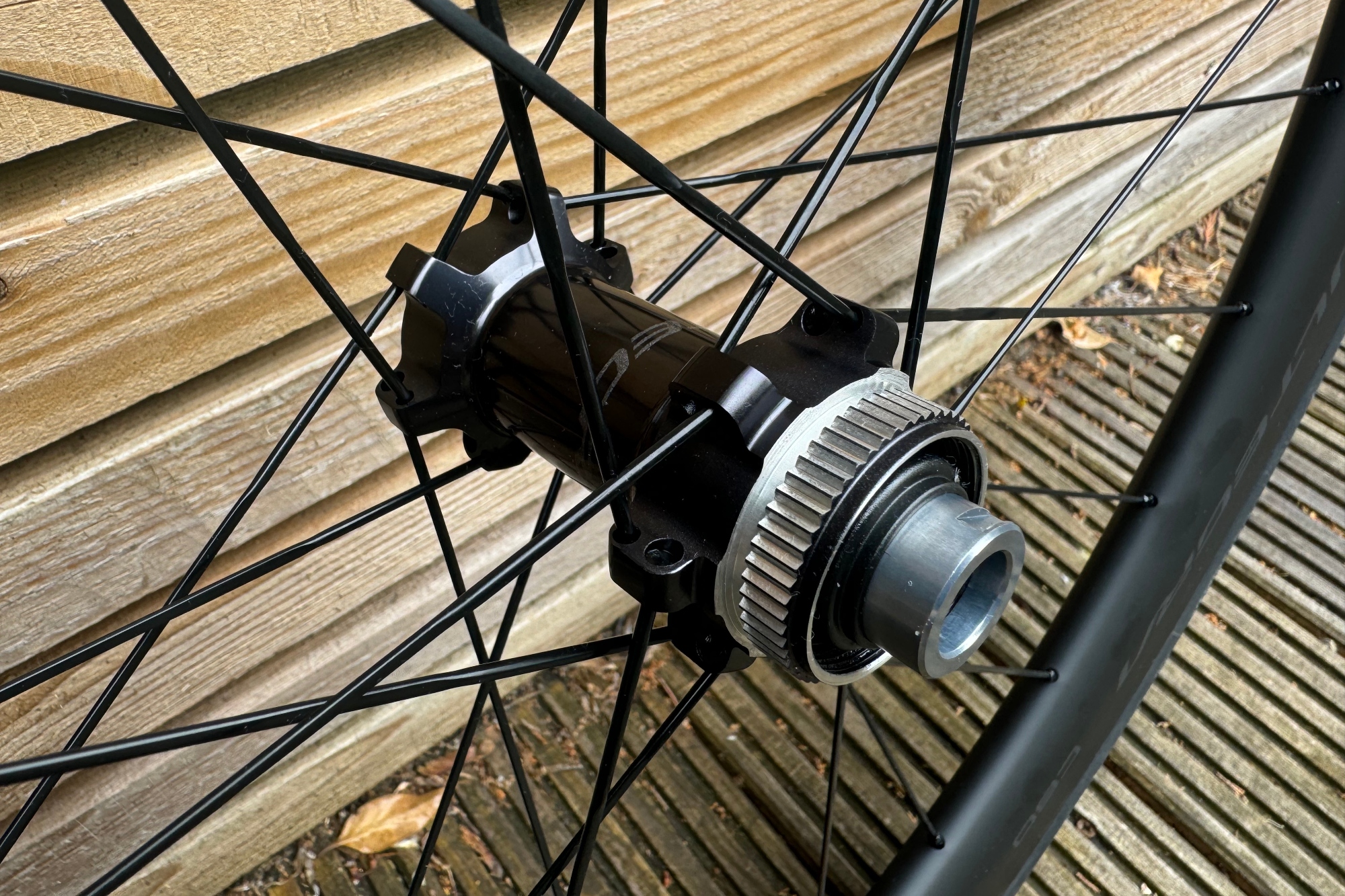
The hubs are Shimano’s own brand Ultegra WH-R8170 and use a pawl ratchet engagement system, with cup and cone bearings to allow for preload adjustment with a contact seal. The steel Borozon-treated races are designed to be strong and more resistant. Easier maintenance is also promised thanks to a 'easy-to-adjust' lockring design.
The hubs only have a 20-degree engagement, but as long as you are pedalling this is not an issue, and a lower degree of engagement can improve durability. The hubs are also only compatible with Shimano 11 and 12-speed cassettes, limiting their usability with alternative groupsets.
The ride
The first thing I really appreciated about the Shimano Ultegra C60 wheels was how easy it was to get the tyres on. With some wheels stretching of the tyres is required alongside some particularly grippy gloves to get them over the rim. On the Ultegras the first tyre bead got onto the tyre very easily while the second bead required minimal force to hook on. The tyres then took a bit more effort to seat, requiring the valve core to be removed and a compressor. However, after this, they retained their pressure without an initial ride required to spread the sealant. The 28mm Pirelli PZero RS sat on the rim at 28.5mm and extended slightly wider than the maximum rim width of 28mm.
In terms of riding, they are fairly heavy at the rim and this results in them being quite sluggish to get up to speed. Because of this I wouldn't recommend them for criteriums. The hub engagement angle of 20 degrees does not feel particularly spritely either so there is often an element of slack before the uptake of power.
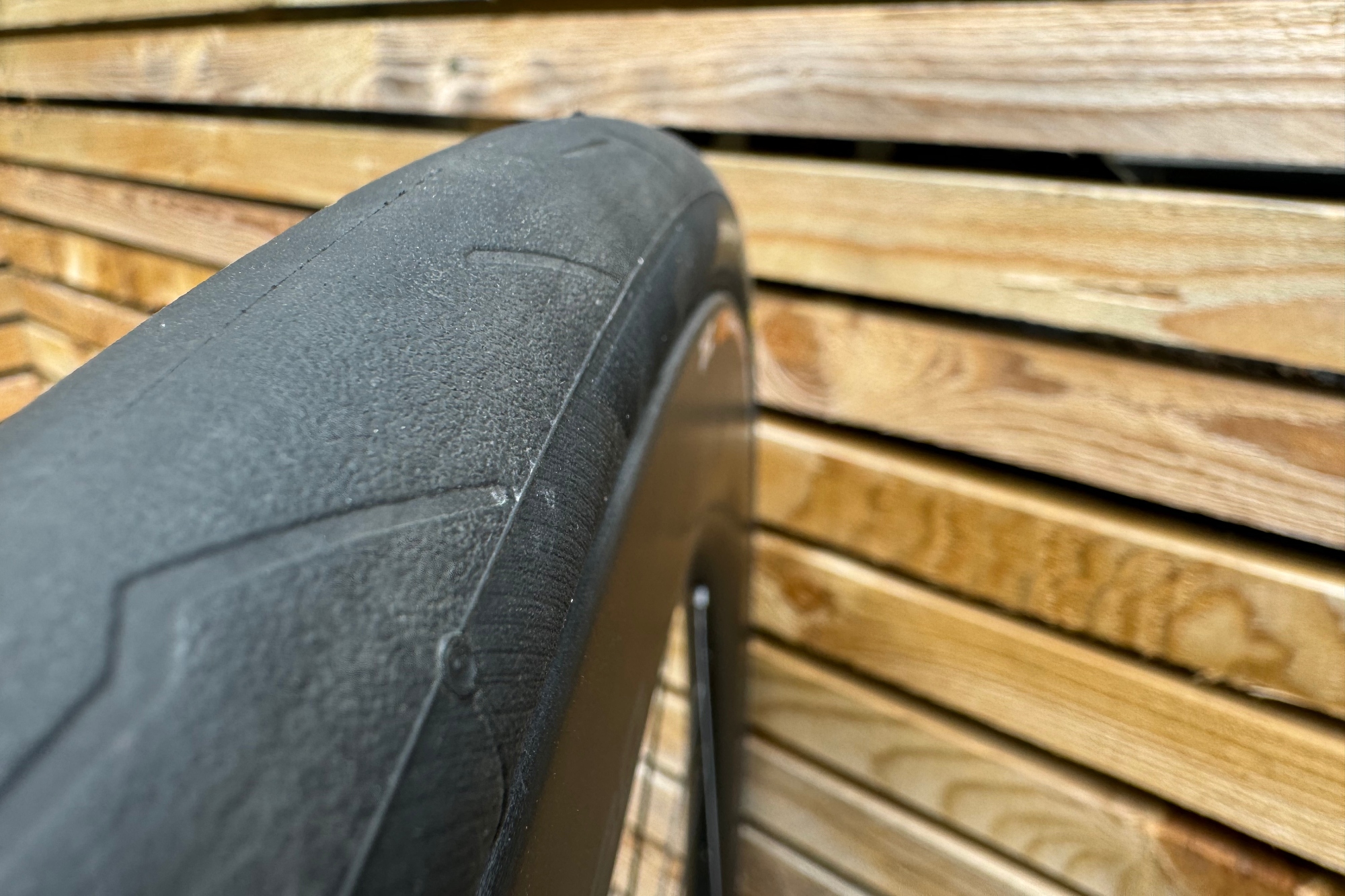
Where these wheels shine is their rolling speed. At 30kph and beyond, they feel very comfortable and it's a lot easier to accelerate once they are already turning at speed, with the wider profile, deep rims and overall weight helping to hold speed brilliantly. This means that once up to speed they are more difficult to slow down, but not in a way that makes braking difficult. Even on some steeper inclines, as long as I was consistent with my power the wheels climbed pretty well. On the flats and downhills, they were incredibly fast and over rolling terrain I was able to hold speed well.
One area where these wheels do suffer a bit is in the wind. The profile is a little more V-shaped than the predominate U-shape. For the most part, this wasn't a problem, but in stronger breezes the wheels had a tendency to get picked up by the wind, and particularly affected by gusts. How the wind caught the wheels was not always consistent and I found on some blustery days that I had to move around the road quite a bit, which was not ideal.
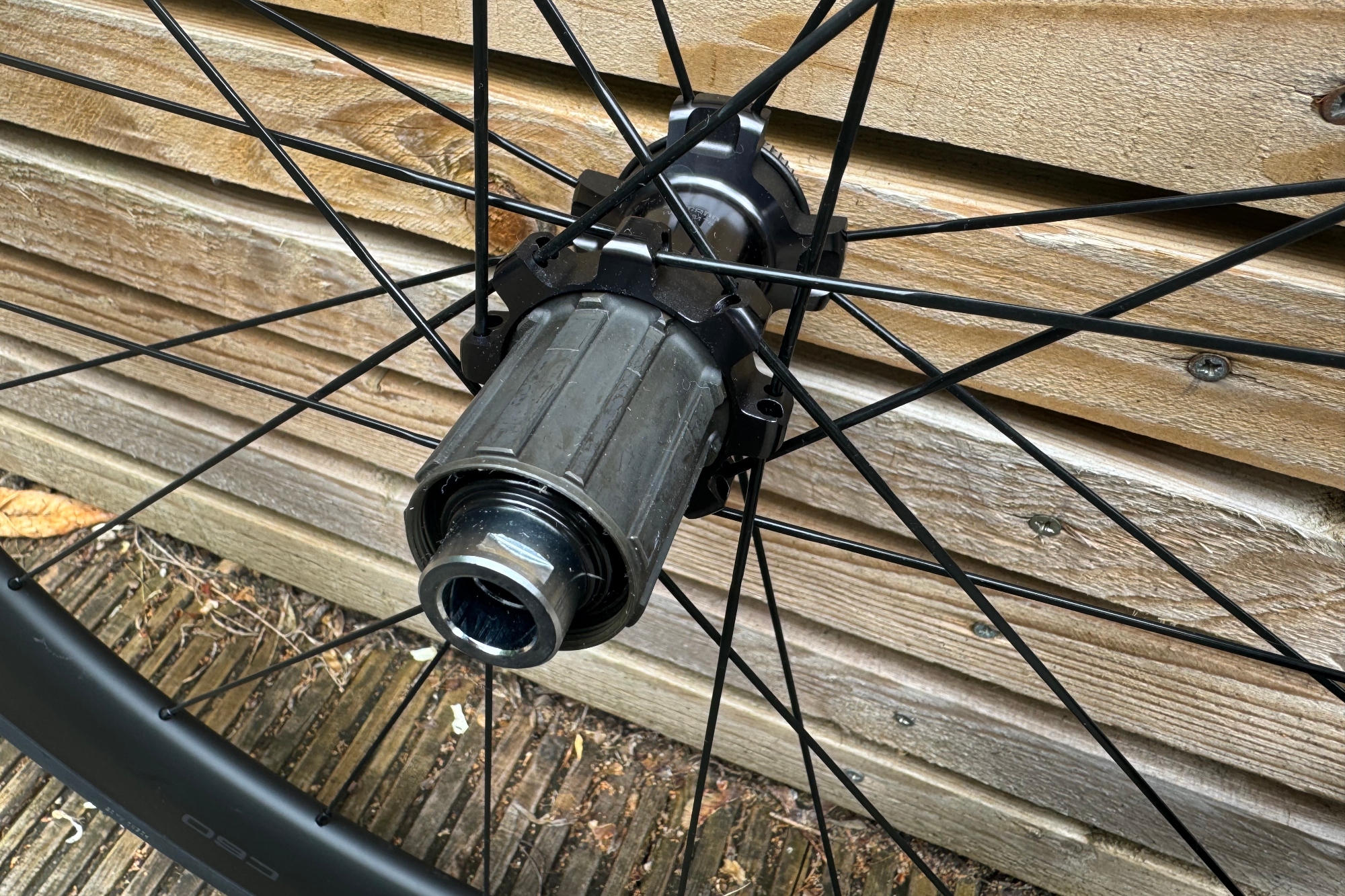
The wheels have a few practical features that I appreciated The rear hub runs very quietly, which I personally prefer to having a loud buzz akin to a hive of angry hornets every time I coast. The spokes can be changed without the need to remove the tubeless tyres and tape to access them. However the nipple can only be replaced with removal of tyre and tape, and only Shimano hubs can be used with the 2:1 rear wheel.
The front wheel's 24 spoke, two-cross pattern, makes it very stable and stiff for cornering as well as braking. The rear hub is interesting as it uses a three-cross pattern on the drive side with 16 spokes but a radial pattern of eight spokes on the braking side. Regardless of the radial pattern, the wheel has great lateral stiffness and the three-cross on the drive-side seems to aid acceleration nicely.
The valves for the tubeless tyres also feature a nice addition with a rim profile-shaped washer to provide a secure seal without any impact on the rim, while internally the shape sits in the rim well so it does not twist when tightening externally.
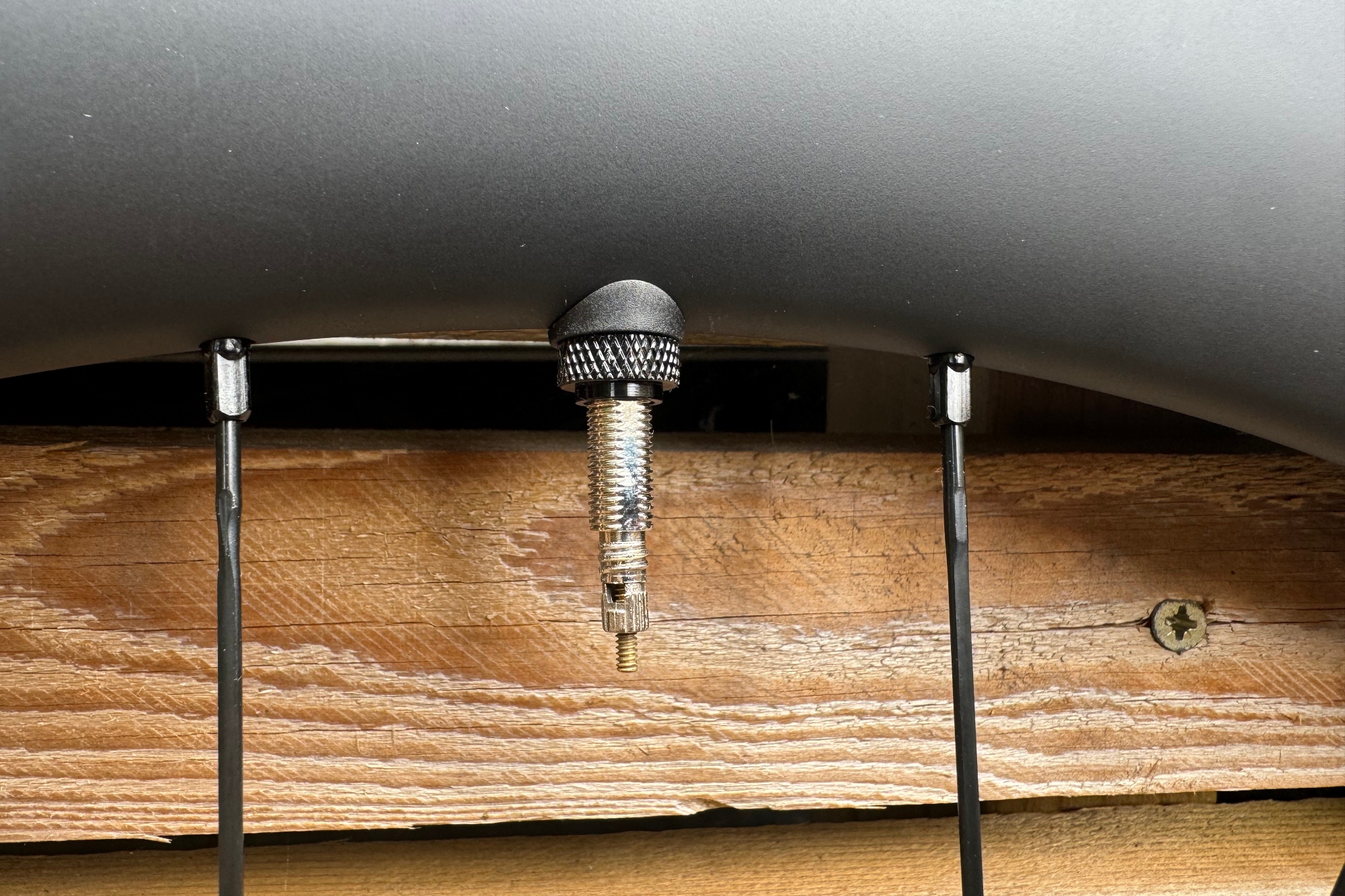
For the price, this is a set of wheels that performs very well. However, for lighter riders I would go for the 50mm variant, mainly due to the instability in crosswinds that can be experienced. The weight isn’t really an issue if pace and power remain consistent, but for those riding events where low-speed acceleration matters, a lighter rim would be better suited.
Value & Conclusion
The Shimano Ultegra C60 wheelset has almost identical performance stats to the far more expensive Dura-Ace wheelset but at a much lower price.
The wheels are stiff and roll well across most terrain. Only on steep climbs or low-speed accelerations does their weight become a problem, but 60mm wheelsets often experience this. They also get caught in stronger gusts due in part to their V-shaped profile. The hubs offer improved serviceability and durability compared to many wheelsets, making these a great everyday option. The only issue is that they are Shimano compatible only, but for those with a Shimano groupset, these wheels are a superb value option.







